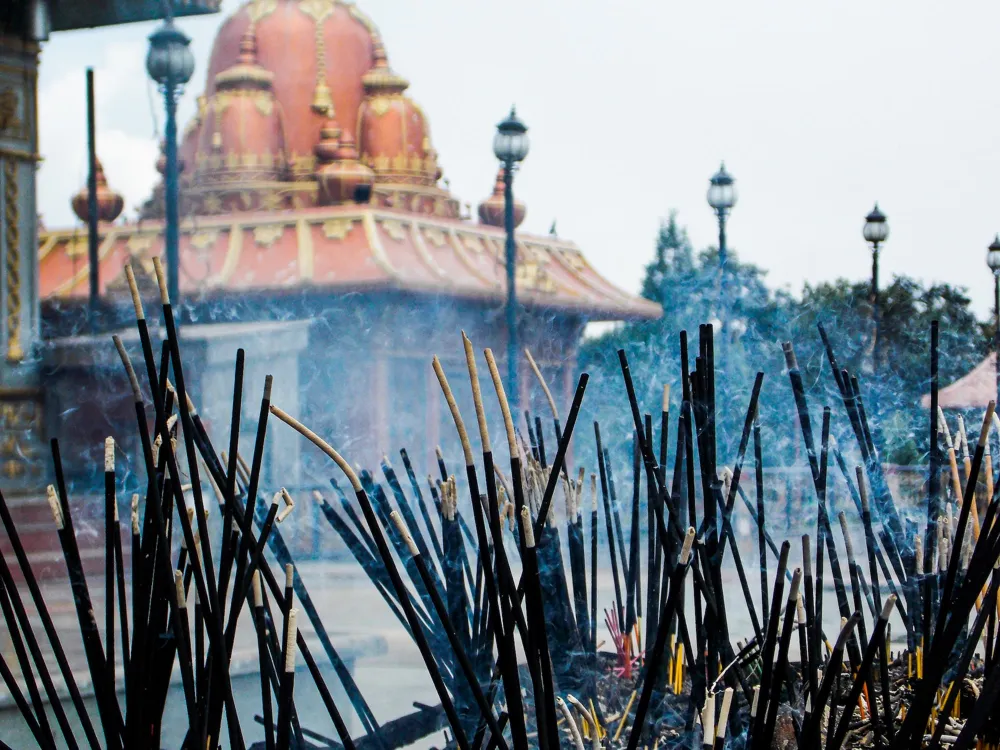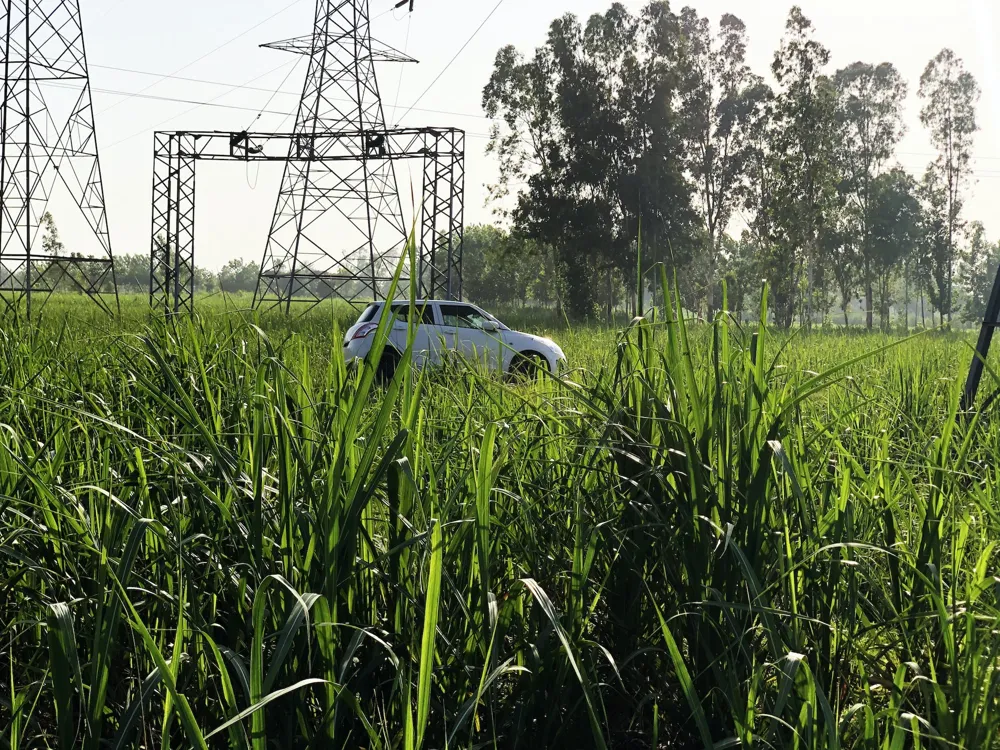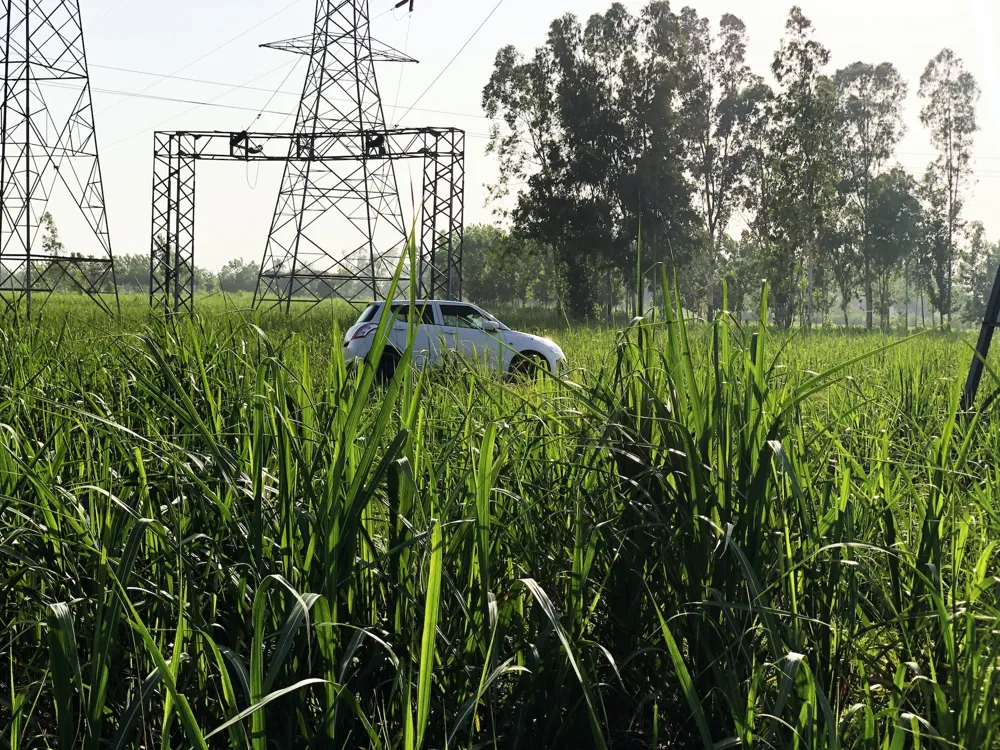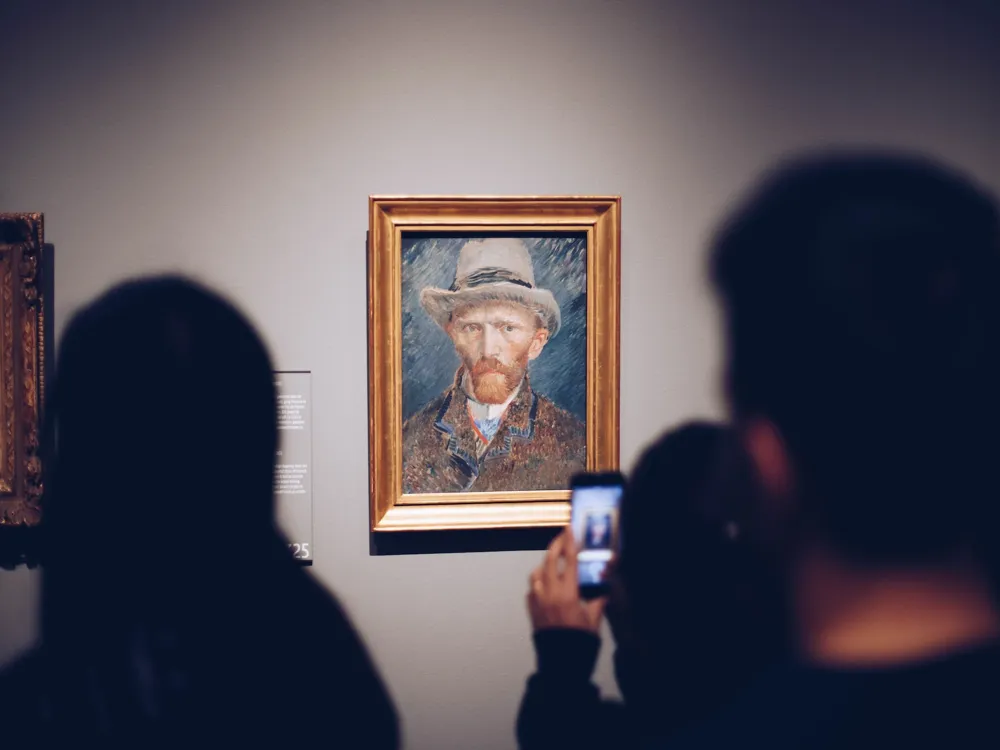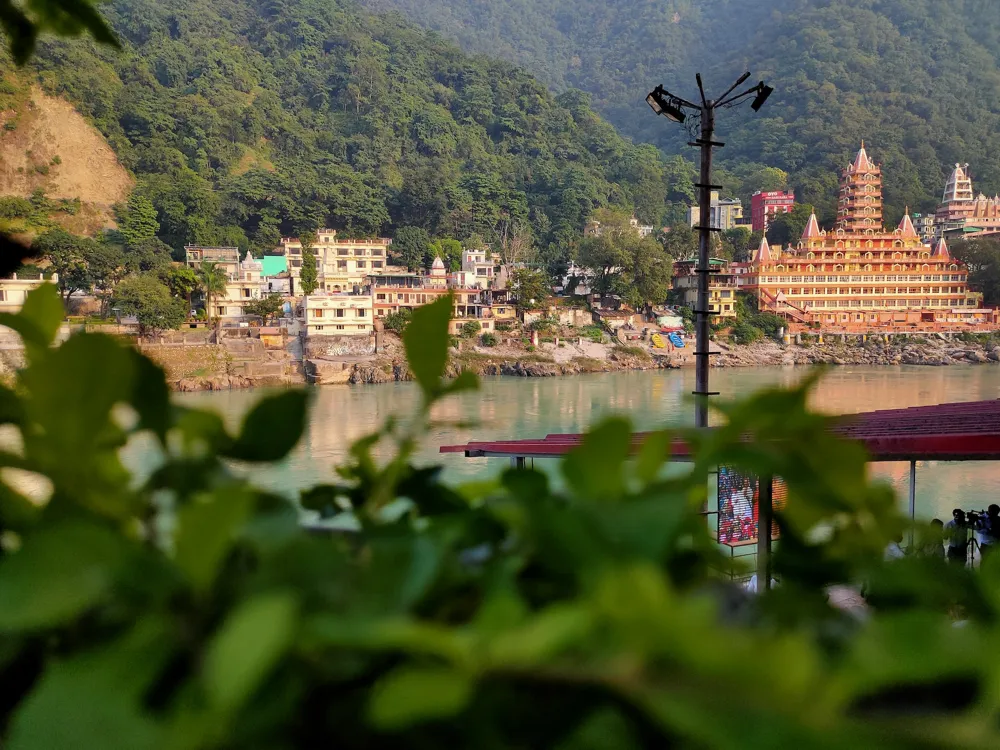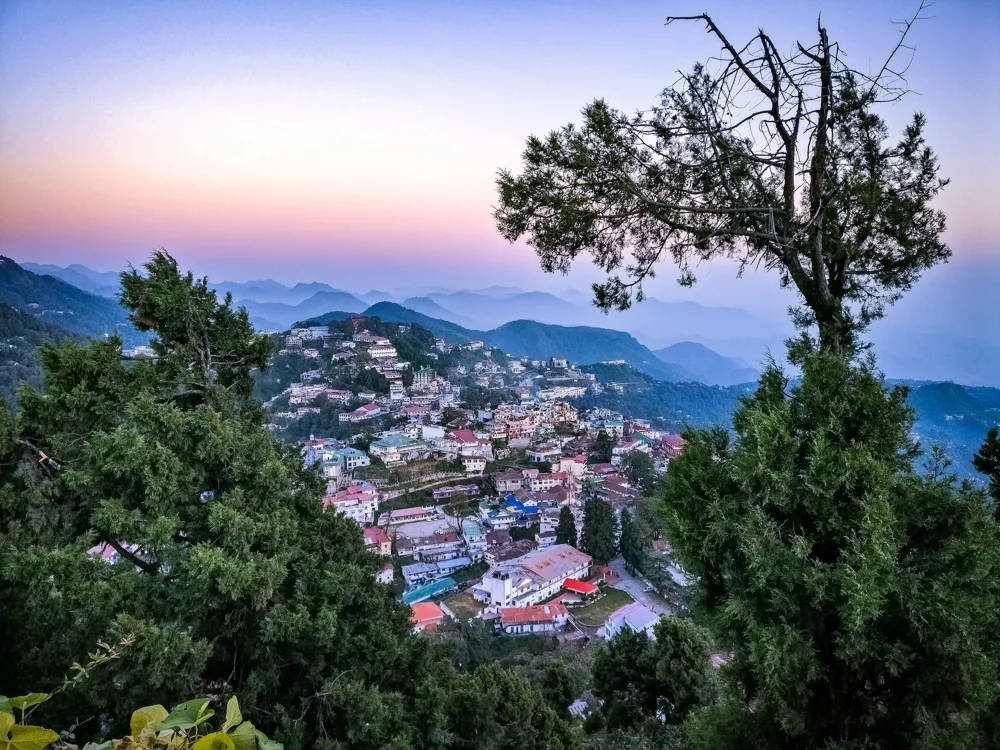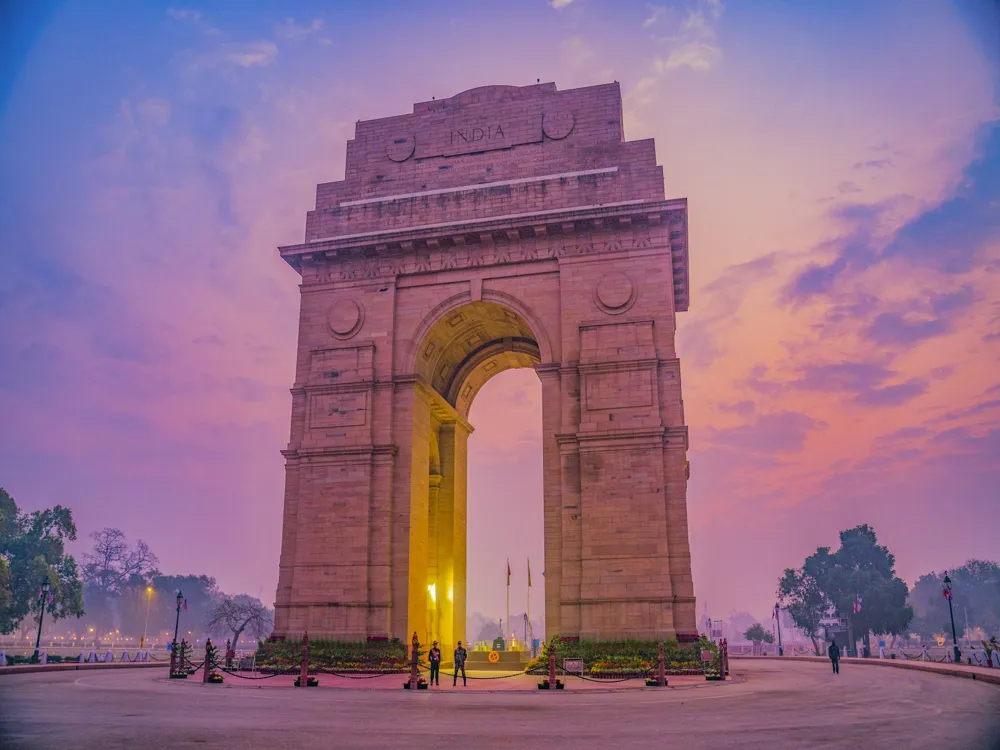The Zoology Museum of Muzaffarnagar, nestled in the heart of Uttar Pradesh, India, stands as a beacon of natural history and educational excellence. Established to provide insightful knowledge about the diverse zoological species, the museum has become a pivotal center for zoological studies and conservation education. Housing an extensive collection of fauna, the museum attracts students, researchers, and nature enthusiasts alike, eager to delve into the wonders of the animal kingdom. Spanning over a vast area, the museum's exhibits include a wide array of species, ranging from the common to the exotic. The collection is not only limited to the local fauna of Uttar Pradesh but also includes species from various parts of the world, offering a comprehensive view of global biodiversity. The museum's dedication to conservation is evident in its detailed displays, educational programs, and its active role in wildlife preservation initiatives. The interactive exhibits, which include taxidermy specimens, skeletal structures, and vivid photographs, provide a unique learning experience that appeals to visitors of all ages. One of the highlights of the museum is its emphasis on the ecological interconnections between species and their habitats. Through its various exhibits, the museum educates visitors about the importance of ecological balance and the consequences of human activities on wildlife. The museum also hosts various temporary exhibits and workshops, focusing on current environmental issues and wildlife conservation strategies, thereby staying relevant in today's rapidly changing world. With its rich collection and commitment to education and conservation, the Zoology Museum of Muzaffarnagar is not just a repository of zoological wonders but a hub of knowledge and awareness, playing a crucial role in fostering a deeper understanding and respect for nature among its visitors. The architecture of the Zoology Museum of Muzaffarnagar is a harmonious blend of traditional Indian aesthetics and modern design principles. The building's structure reflects a deep respect for nature, mirroring the museum's core mission of conservation and education. The architectural design is not only aesthetically pleasing but also environmentally conscious, utilizing sustainable materials and green building techniques. The museum's façade is adorned with intricate carvings and motifs that draw inspiration from India's rich cultural heritage. These traditional designs are seamlessly integrated with contemporary architectural elements, creating a visually stunning and thought-provoking exterior. The use of local materials not only adds to the building's ecological sustainability but also contributes to the regional economy, showcasing the museum's commitment to community involvement and development. Inside, the museum's layout is thoughtfully designed to enhance the visitor experience. The spacious galleries are well-lit, ensuring that each exhibit is showcased in the best possible light. The flow from one exhibit to another is smooth and intuitive, guiding visitors on a natural journey through the diverse world of zoology. The use of interactive displays and multimedia elements further enriches the learning experience, making it engaging and accessible for all age groups. The museum's architecture also pays special attention to accessibility, ensuring that it is welcoming and accommodating to visitors with different needs. Ramps, elevators, and tactile exhibits are some of the features that make the museum inclusive, allowing everyone to explore and learn without barriers. Before visiting the Zoology Museum, it's advisable to check the museum's official website for the latest information on opening hours, entry fees, and any special exhibits or events. Planning your visit will ensure a smooth and enjoyable experience. Wear comfortable clothing and shoes as you'll be walking and standing for extended periods while exploring the museum's extensive exhibits. Comfortable attire will enhance your overall experience, allowing you to focus on the exhibits rather than discomfort. Be aware of the museum's photography policy. While personal photography might be allowed, there could be restrictions on the use of flash or photographing certain exhibits. Always respect the museum's guidelines to ensure the preservation of the exhibits. Consider joining a guided tour for a more informative experience. The museum's knowledgeable guides can provide deeper insights into the exhibits, enriching your understanding of the zoological world. Engage with the interactive exhibits for a hands-on learning experience. These exhibits are designed to be both educational and entertaining, making them particularly appealing to younger visitors. The Zoology Museum of Muzaffarnagar is conveniently located and easily accessible by various modes of transportation. If you are traveling by car, the museum is well-connected by major roads and has ample parking space. For those preferring public transport, the museum is accessible by local buses, and the nearest railway station is Muzaffarnagar railway station, which is well connected to major cities. For international or out-of-state visitors, the nearest airport is Indira Gandhi International Airport in Delhi, from where you can hire a taxi or take a train to Muzaffarnagar. Read More:Overview of the Zoology Museum of Muzaffarnagar, Uttar Pradesh
Architecture of the Zoology Museum
Tips When Visiting the Zoology Museum
Plan Your Visit
Dress Comfortably
Photography Policy
Guided Tours
Interactive Exhibits
How to Reach the Zoology Museum
Zoology Museum
Muzaffarnagar
Uttar Pradesh
NaN onwards
View muzaffarnagar Packages
Muzaffarnagar Travel Packages
View All Packages For Muzaffarnagar
Top Hotel Collections for Muzaffarnagar

Private Pool

Luxury Hotels

5-Star Hotels

Pet Friendly
Top Hotels Near Muzaffarnagar
Other Top Ranking Places In Muzaffarnagar
View All Places To Visit In muzaffarnagar
View muzaffarnagar Packages
Muzaffarnagar Travel Packages
View All Packages For Muzaffarnagar
Top Hotel Collections for Muzaffarnagar

Private Pool

Luxury Hotels

5-Star Hotels

Pet Friendly








